Reducing Drownings in the UK
The task of helping the National Water Safety Forum to reduce accidental drowning fatalities in the UK by 50% by 2026 – is too important to guess.
The past strategy of pointing out the dangers of water, either inland or at the coast, wasn’t working.

Stop shouting “danger” and tell them to “duck”
A new approach was needed. The focus of the campaign had to shift; instead of trying to prevent people from getting into difficulty in the first place, we focused on the fight for survival, and on arming people with the right advice to help them survive or help someone in difficulty in the water.
Our brief focused on one group – people who drowned by unexpected entry. Staggeringly, they account for around half of drownings in the UK. They are walkers, dog walkers, joggers, those enjoying a social day out, who find themselves in the water by accident, or bystanders who go in to help. They are not even thinking of getting in the water, let alone the potential dangers it poses.
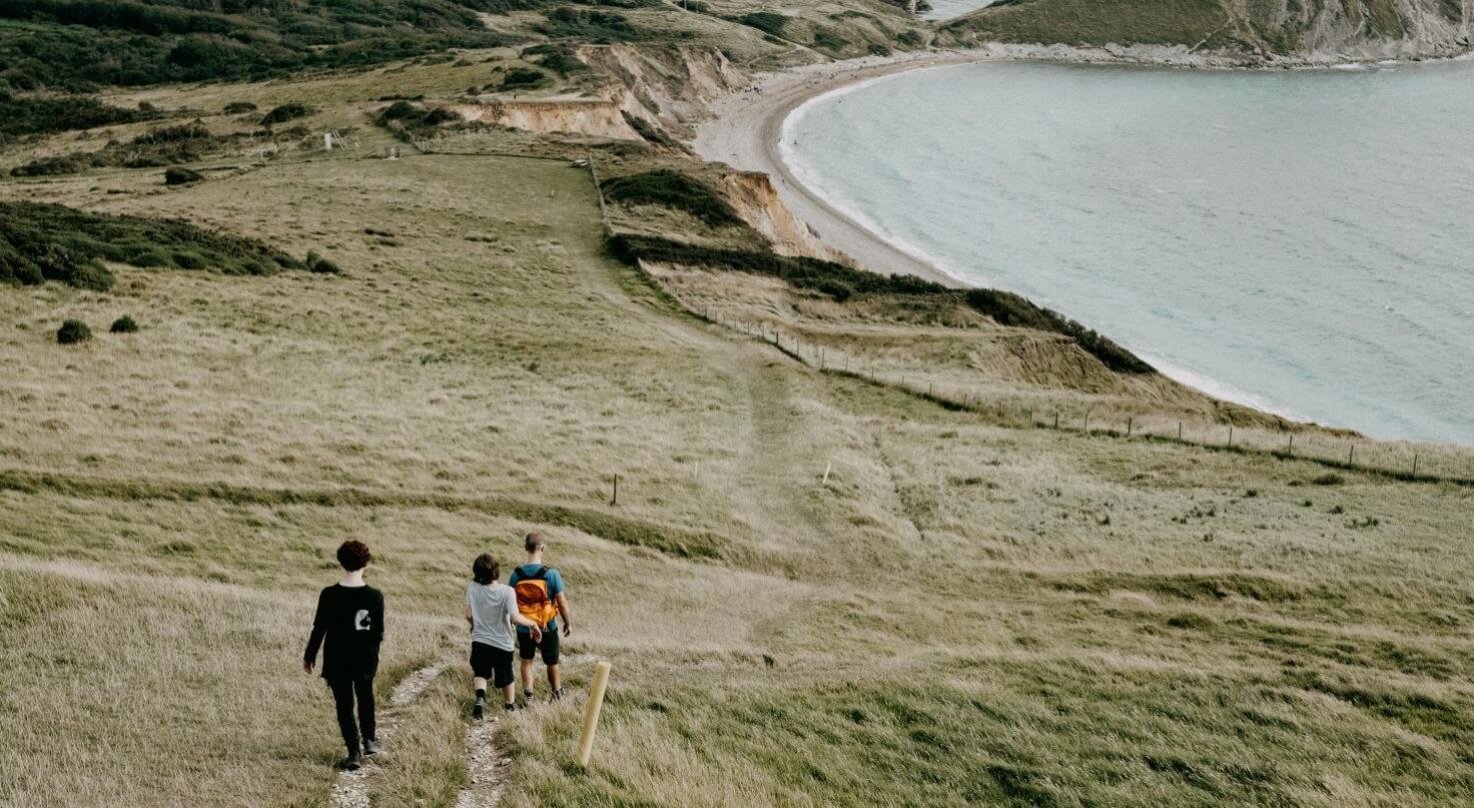
Unlearn instincts that are killers
Through our work with Professor Mike Tipton from The University of Portsmouth, an expert on cold water and its impact on the body, we realised that we could save lives by focusing on the fight in people’s heads. In particular, two killer instincts. If we could get them to resist these urges, then we could increase life expectancy in the water and reduce drownings.
Firstly, the instinct to swim hard. A key issue was that people were drowning because they were fighting the cold water. This “fight” instinct to swim hard and get out of the cold water as soon as possible was actually a killer instinct; it increased the risk of drowning. People weren’t physically ready or able to swim and in attempting to, they inhaled water involuntarily. However, we learned that after 90 seconds, the body gains control of itself and much of the excessive reaction caused by cold water shock reduces, so if they float until the cold water shock had passed, then their life expectancy would increase dramatically.
Secondly, the instinct to go into the water to help someone in difficulty. People were overcome with the compelling instinct to go in and help the person in difficulty, unaware of the correct procedure to follow or the fact it’s most likely the water conditions that have caused the problem, rather than swimming ability. Quite tragically, this instinct can turn the rescue of one into the recovery of two dead bodies.
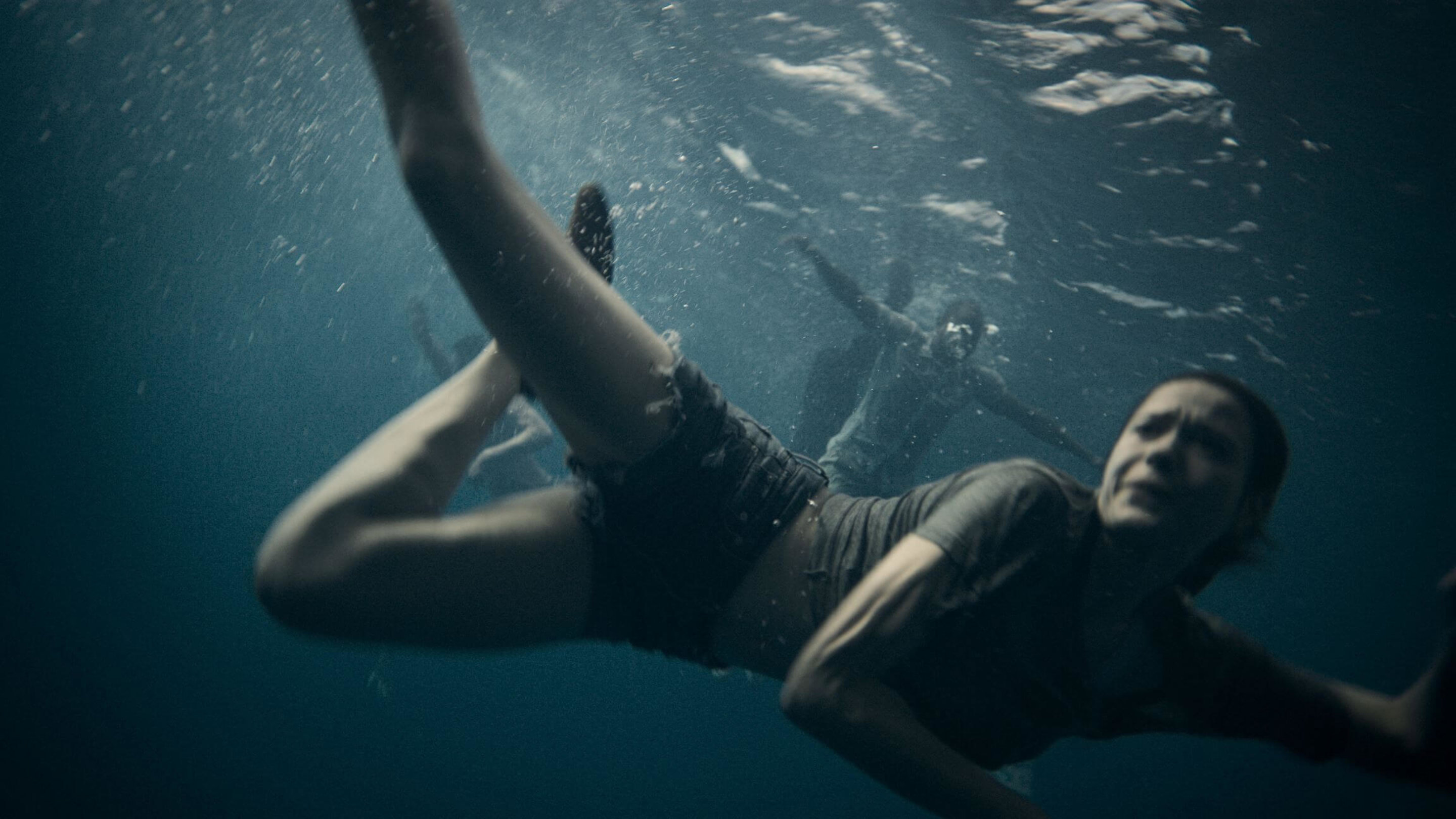
Hero the answer
We did more reading and uncovered a powerful insight to shape our strategy and communications; the importance of cognitive closure in saving a life from unexpected entry. When faced with circumstances of emergency or crisis, we have a greater propensity to seek firm answers and our aversion towards ambiguity increases, particularly when our life depends on it.
So, we set some hard rules for our campaign. We’d be specific in our communications, and not hope people would go on an onward journey to learn more.
We would tell the whole story in each execution to give people enough confidence to fight their instinct, to prevent themselves, or someone in difficulty, from drowning. Insufficient information in our execution would result in people defaulting back to their instinct and potentially drowning as a result of their actions.
We developed two campaigns. One targeting what to do should you find yourself in difficulty in the water, telling people to Float to Live, and the second targeting what to do should you see someone in difficulty in the water, telling people to Make the right call, call 999.
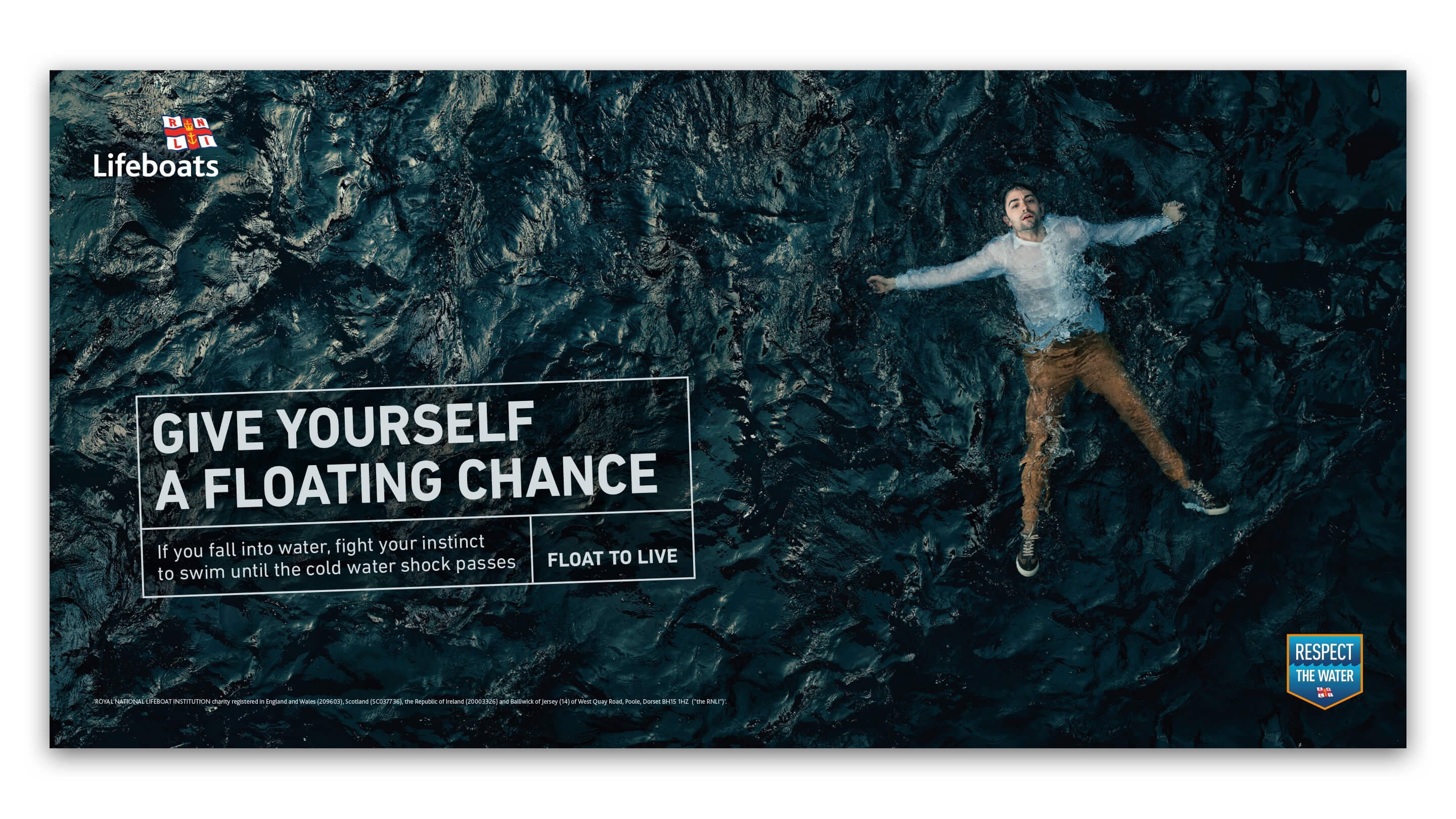
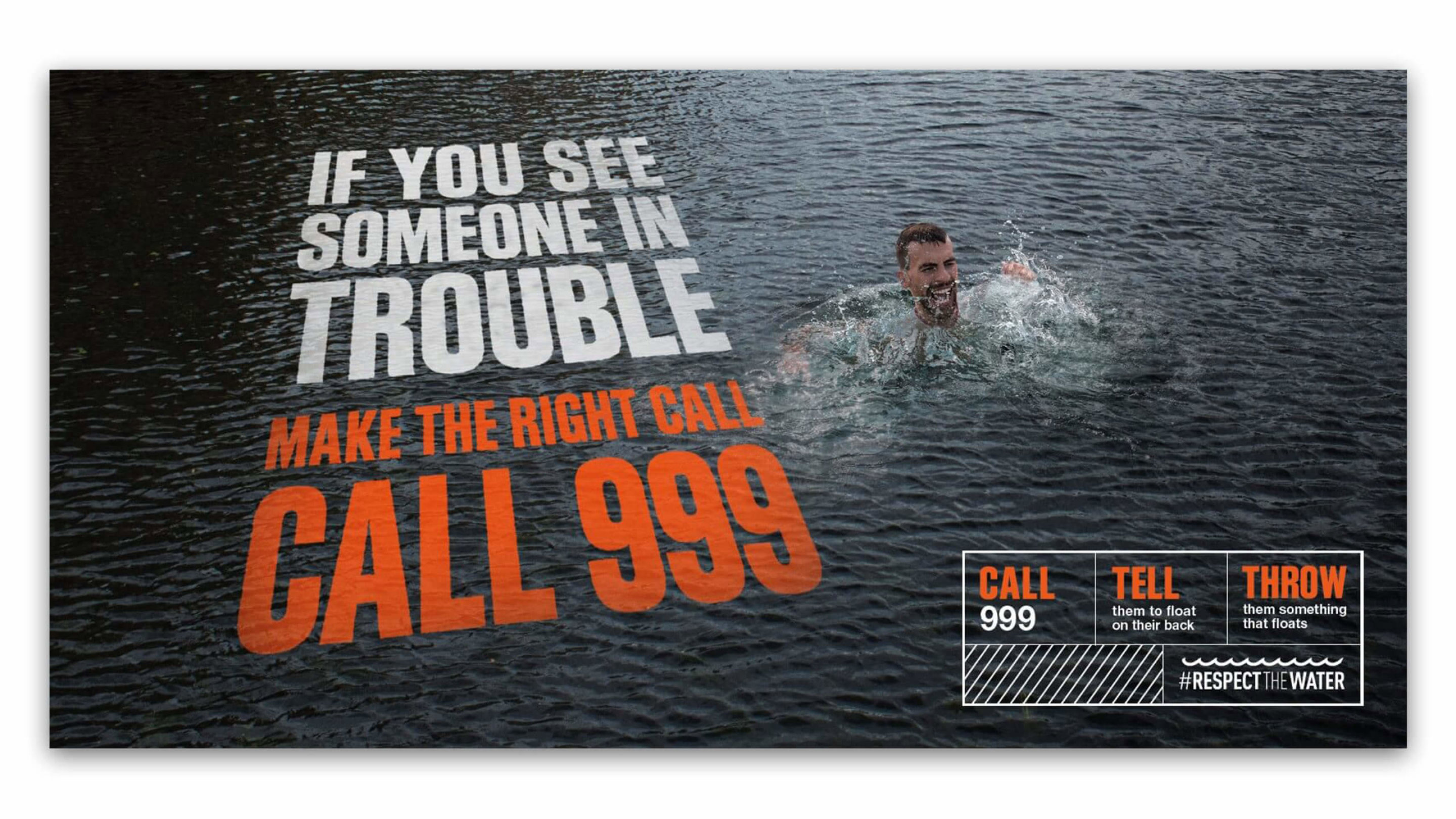
It's imperative to never waste an exposure
50% of people who drown each year never intended to get wet in the first place, they were doing non-water related activities, so our communications couldn’t rely on people going on an onward journey to find out more, we had to landed three key messages, in every execution:
1. To fight their instinct…
- to immediately try to swim after falling into cold water
- to go into the water to rescue someone in difficulty
2. What people will feel, and the fact these can be overcome
3. Demonstrate the correct action to take…
- the simple skill of floating (via the starfish position) that would save them
- to call 999, don’t go in the water.
This changed everything. The campaign strategy moved from vilifying water to giving people the tools to survive. Our creative work demonstrated exactly what to do, in every media channel on the plan, in a distinctive and memorable way, creating moments of clarity and calm amid sheer panic.
40 lives and a shift in behaviour
We know people are not just recalling our message but they’re acting on it too. From the survivor stories, our campaign has helped save c.40 lives, linked, directly and causally, to the messaging. Research tracking has validated the campaign’s impact in these stories.
Float to Live:
- spontaneous awareness of the float survival skill being the first action to take increased significantly and coincided with a considerable decline in mentions of swimming
- the success of the campaign has seen Swim England adopt and teach our Float to Live message and starfish floating position
- the emergency services now use our Float to Live advice for 999 calls involving people in difficulty in the water.
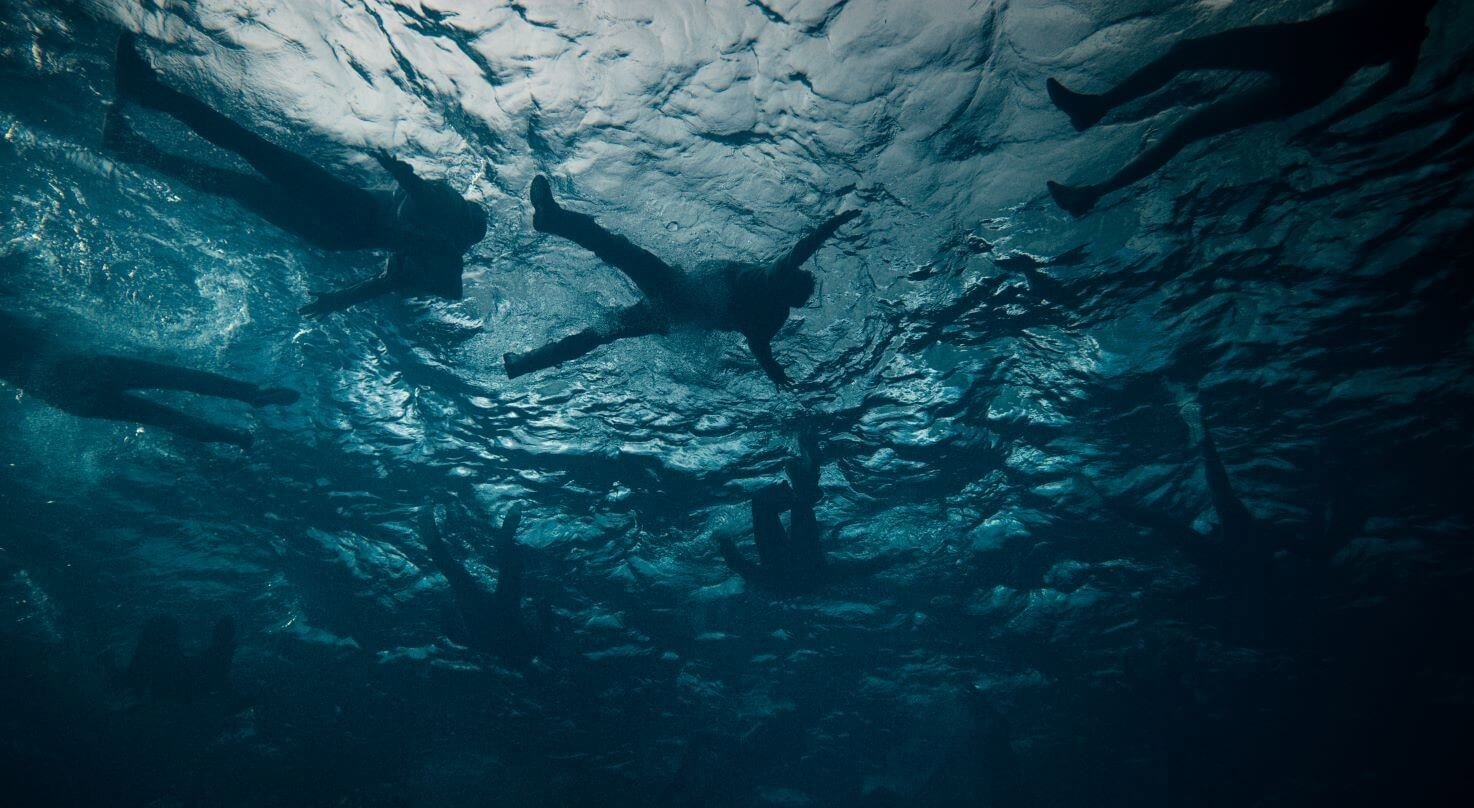
Make the right call
- the advert has had a significant impact on both increasing positive, safer behaviours and reducing negative, risky behaviours in the event of a water emergency
- as a result of this new knowledge about how to behave, people feel safer and more confident they would know what to do in the future
- these effects are particularly strong amongst key target audiences – stronger swimmers and men.
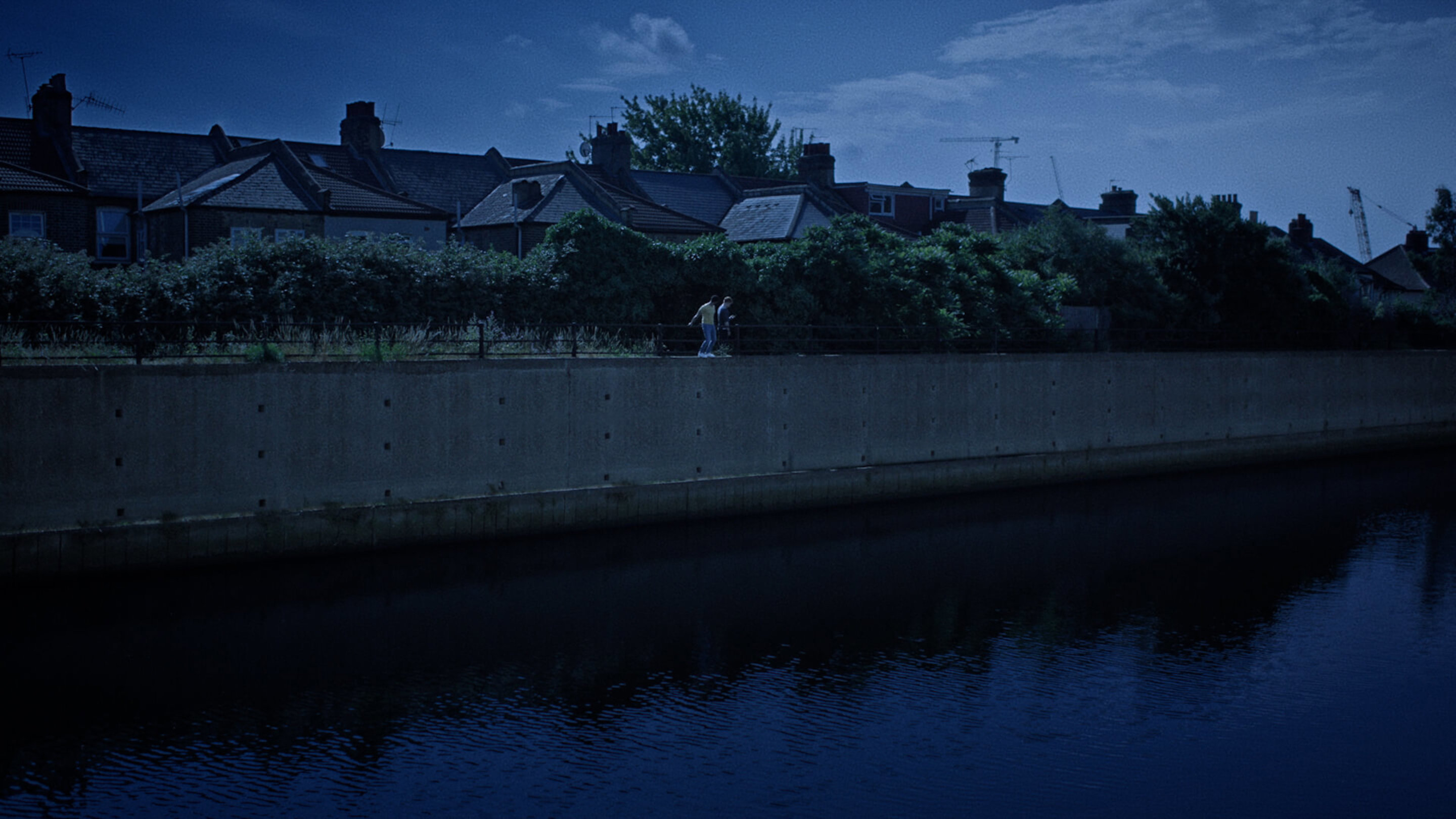
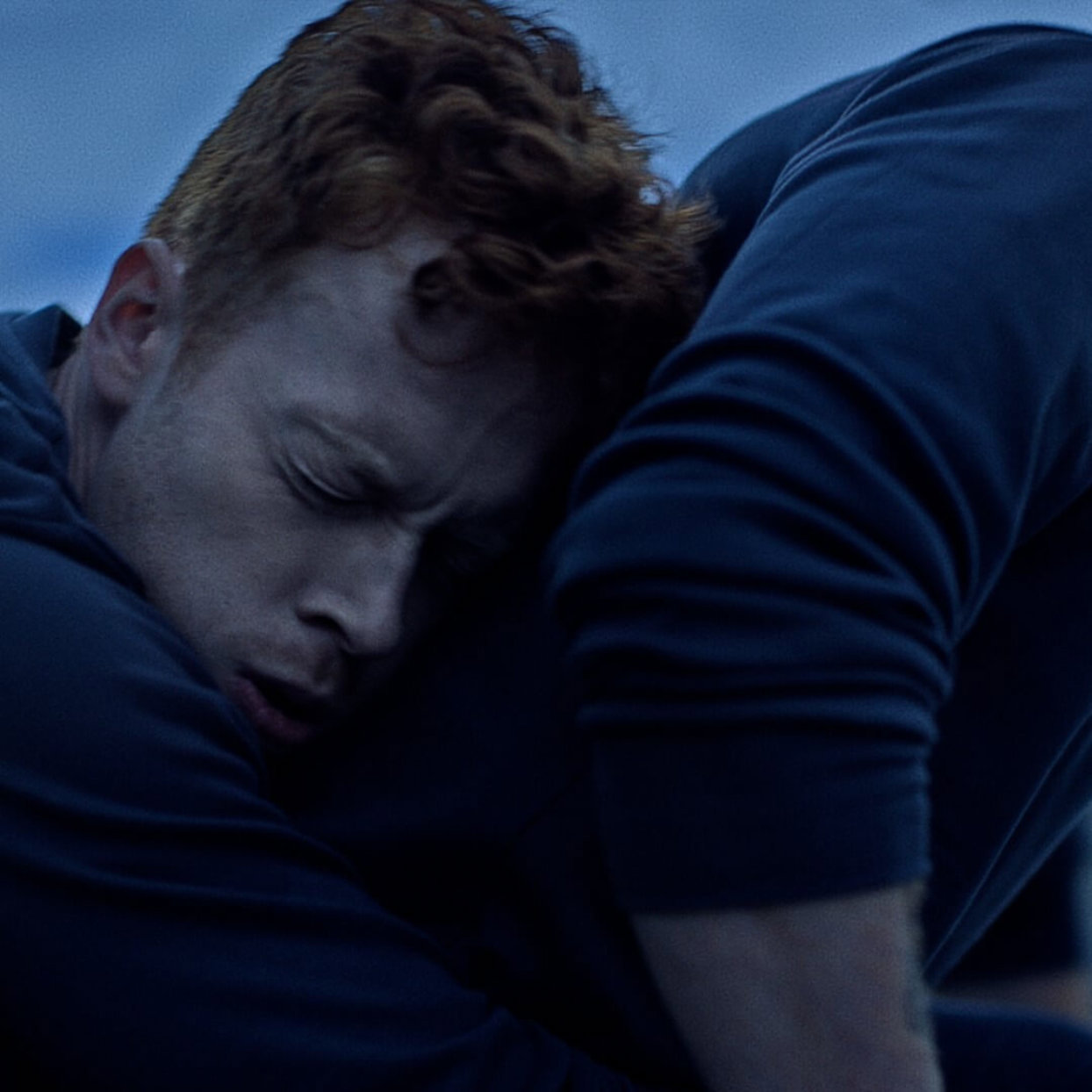
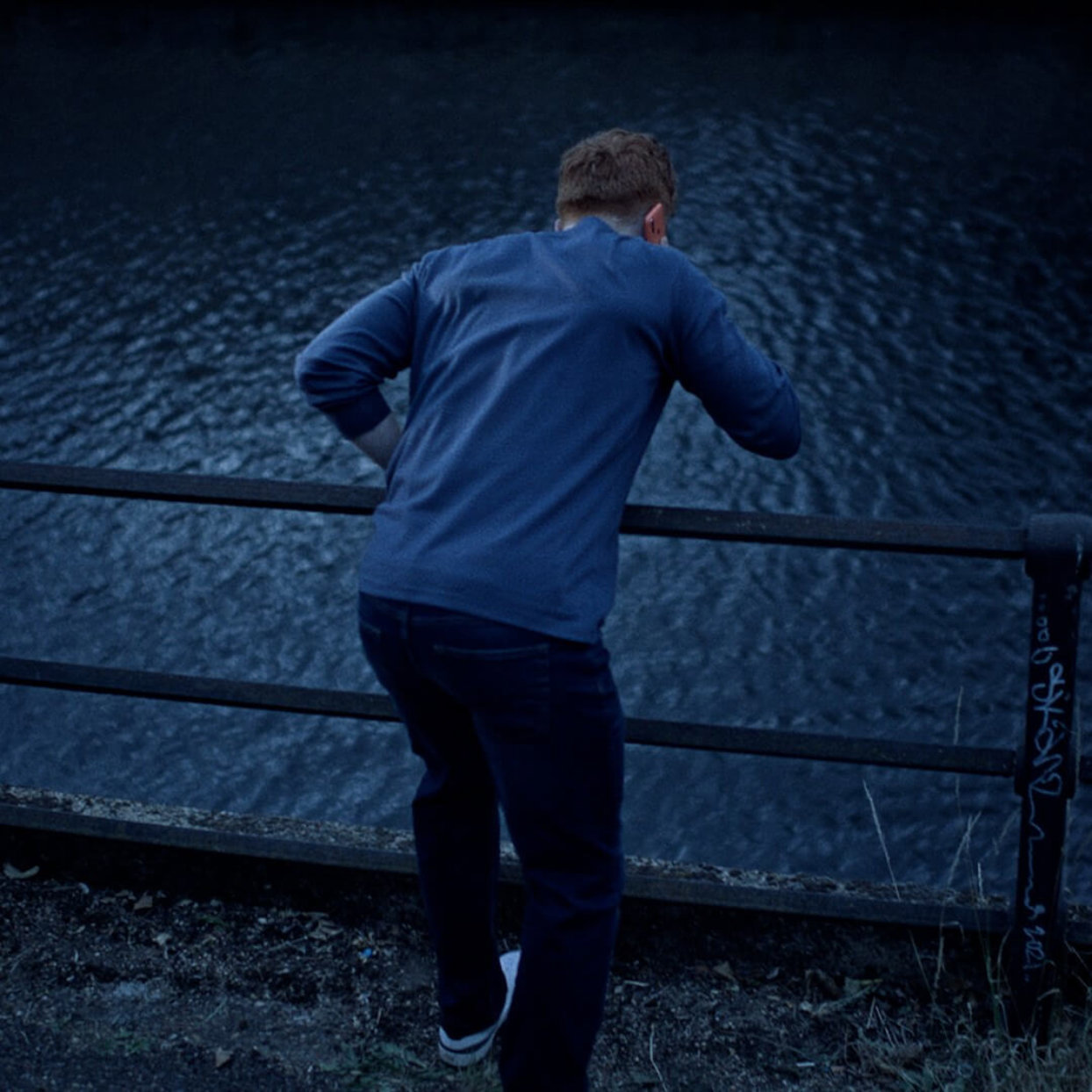
Contact Camilla Moran, Head of Account Management
If you think there’s an opportunity for us to work with your brand to transform behaviours, get in touch and let’s have a chat.
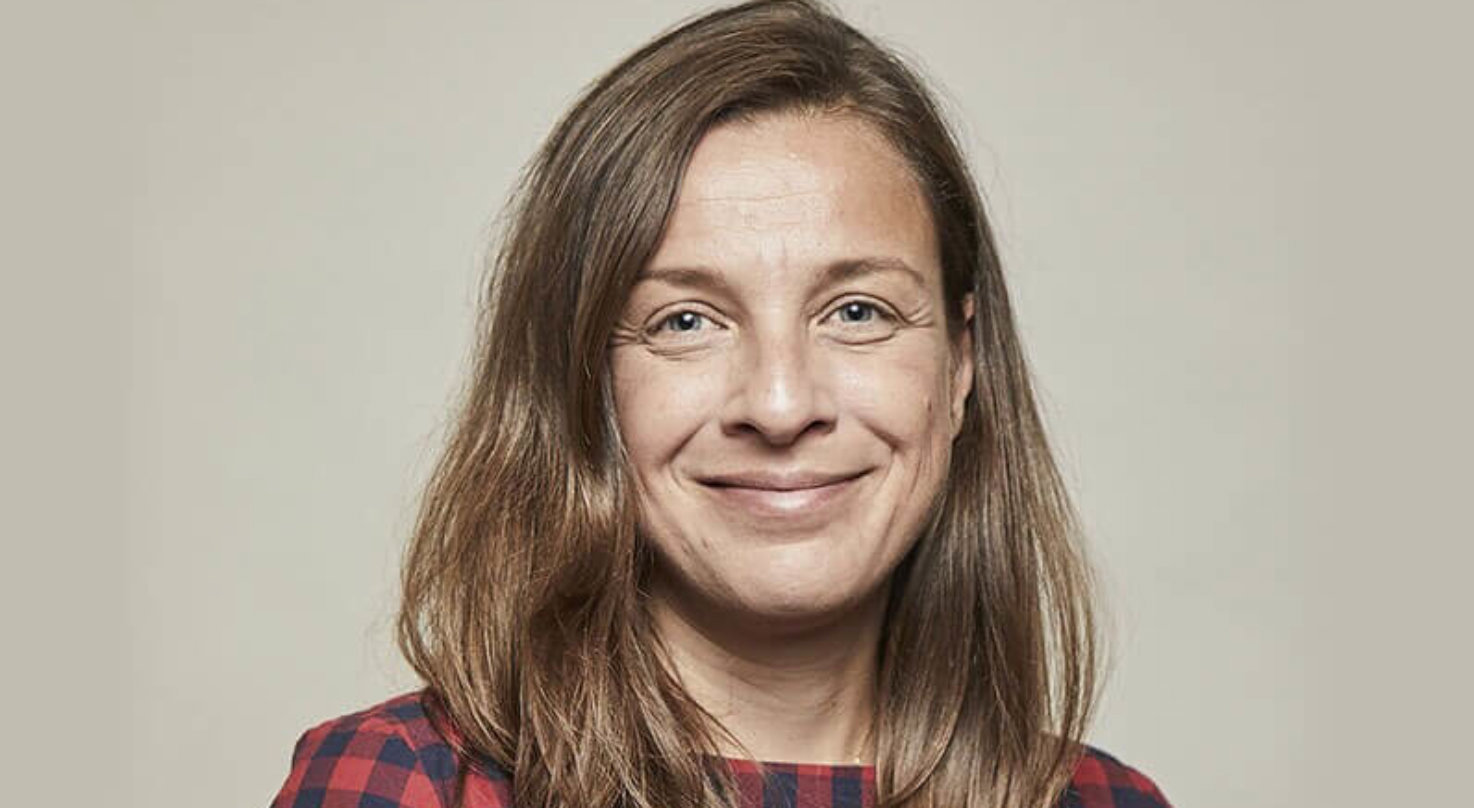
What else is going on
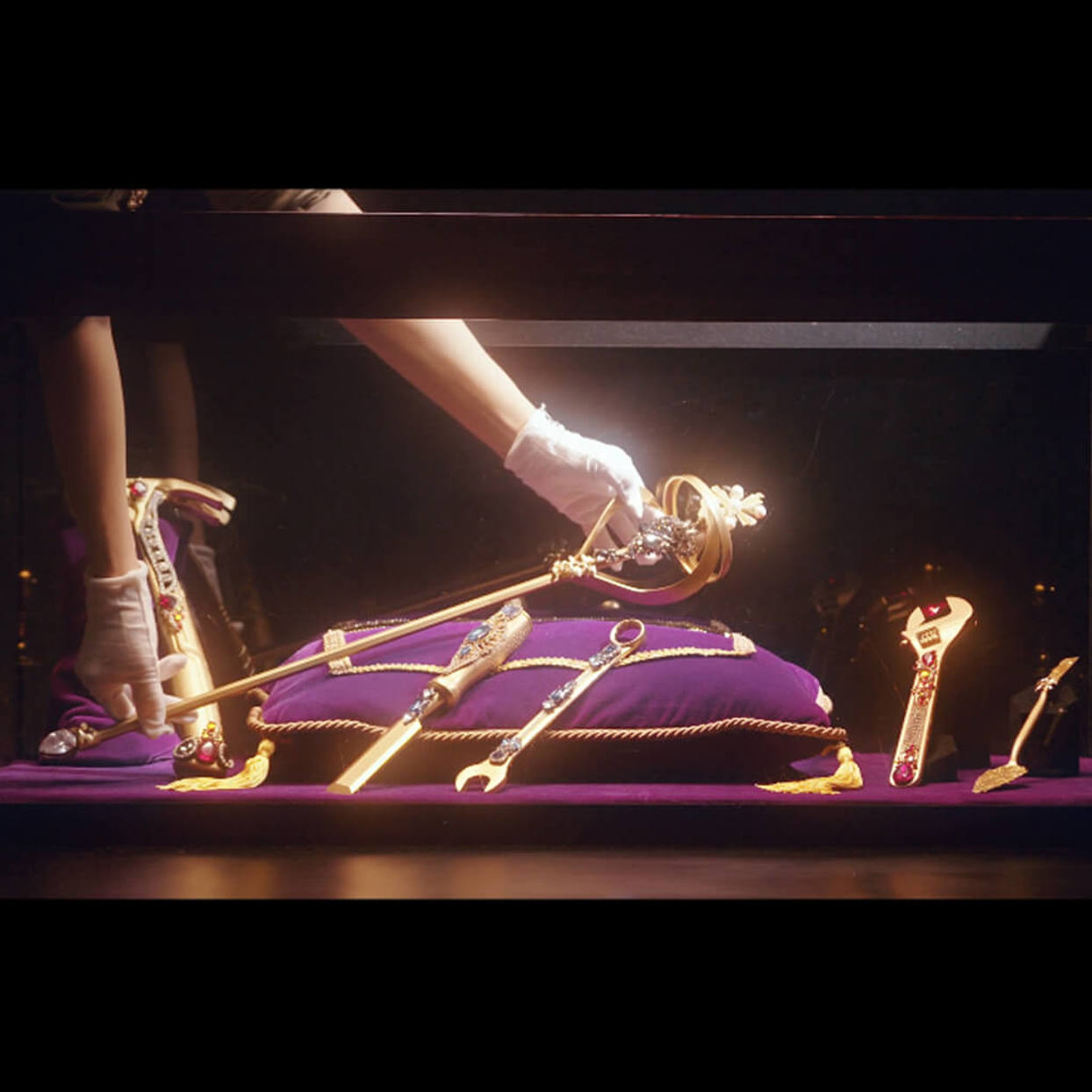
The Crown Tools
Putting Toolstation front of mind during celebrations for the Queen’s Jubilee.
Find out more
krow & ScS launch dramatic new creative direction
As part of a full refreshed brand strategy across their whole business ScS's new brand campaign is their biggest ever!
Find out more

